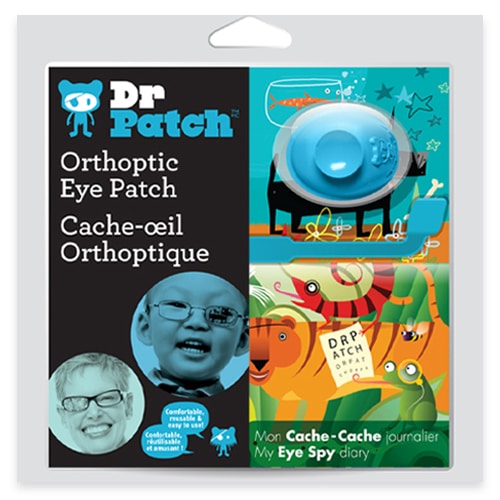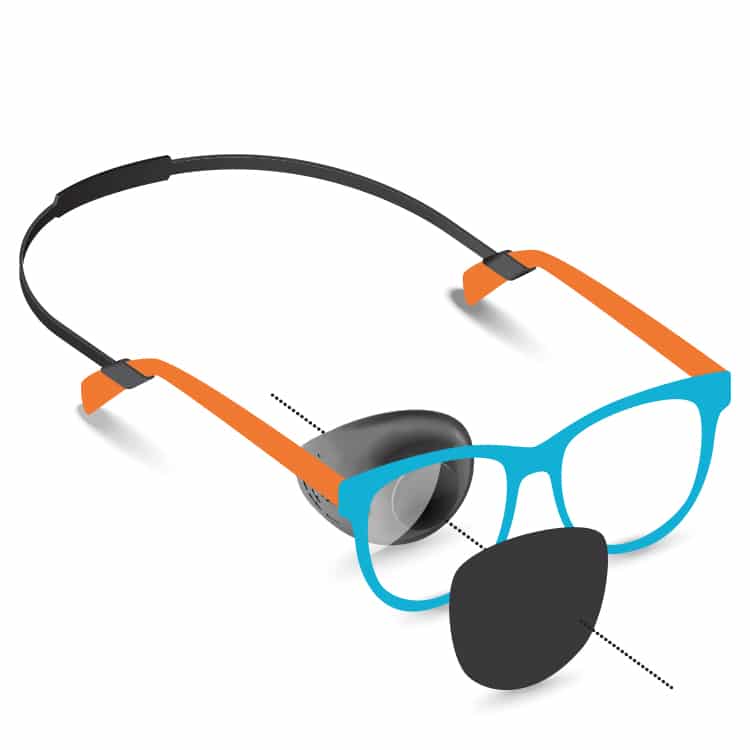All your amblyopia questions answered by an Ophthalmologist
Scientific reports describe several types of amblyopia. For the purpose of this text, however, we’ll use the usual dictionary definition: dimness of sight especially in one eye without apparent change in the eye structures (Merriam Webster).
In other words, it means a reduction in functional vision NOT caused by internal injury, such as lesion of the cornea or the retina, or even of the optic nerve.Scientific reports describe several types of amblyopia. For the purpose of this text, however, we’ll use the usual dictionary definition: dimness of sight especially in one eye without apparent change in the eye structures (Merriam Webster).
When would it occur?
Due to the plasticity of the brain, our eyesight is in a state of development from birth to age 7 or 8. So a child whose eyes don’t receive the normal stimulation (due to cataracts, strabismus, and other diseases of the eye or of the optic nerve) will never have normal vision. This can apply to one eye, for example in the case of an eye that is always drifting outward. It can also apply to both eyes, as in the case of hyperopia, a lens refraction problem commonly known as farsightedness. The opposite condition would be myopia, or nearsightedness.
What causes it?
There are many causes. It’s often associated with strabismus, or being cross-eyed. So, if one eye is constantly straying, vision will not develop satisfactorily. Other causes of amblyopia are refraction problems such as astigmatism, nearsightedness or farsightedness, all of which require the wearing of glasses, with or without patching. Several diseases of the eye and/or of the optic nerve can lead to an amblyopic condition. Examples are: palpebral ptosis (drooping of the upper eyelid), scar on the cornea, cataracts, disease of the retina, optic nerve hypoplasia, and so on.
How is it treated?
There are different ways to correct the problem. However, where an eye clearly deviates constantly and vision remains low despite all other treatments, doctors will prescribe wearing a patch on the healthy eye, to force increased use of the affected eye.
Is there a corrective operation?
Unfortunately, no. In the 90s, however, there was a drug, L-Dopa, that looked promising, but it was prescribed only on an experimental basis and it had significant side effects.
Until what age can it be treated?
Every child is very different because the plasticity of the brain involving vision ends at varying ages. For some children, it’s not possible to correct amblyopia after the age of five; for others, it’s fourteen, and even older according to some reported cases. The important thing is that, regardless of age, the moment a child shows signs of amblyopia, treatment must be started quickly. If not done in time, the condition may be impossible to correct later.
Does occlusion (wearing a patch) have to be done on a constant basis?
Your optometrist or ophthalmologist will ask you to apply the occlusion, for example, six hours per day. Can the occlusion be divided into two sessions of three hours each, say? In theory, the answer is yes. However, this could mean having to coax your child twice a day, rather than just once.
Is there any danger for the patched healthy eye?
Yes! It’s always possible for the patched eye to develop amblyopia. In effect, a reversal occurs and the stronger eye becomes the weaker one. Timely follow-ups by your eye-care professional will help prevent such a problem from occurring.
Oh my! What if after treatment both eyes now drift?
Take a child, say, with strabismus (misaligned eyes) and an amblyopic right eye. After an eye patch treatment of the left eye, it’s possible for the misalignment to alternate between the right and left eye. This is a very good sign, though! It means that visual acuity is equal in both eyes, and that the treatment is working.
I’ve heard that drops such as Atropine can treat amblyopia as successfully as eye patching. What do you think?
Atropine is currently used as a treatment; however, it works only in certain cases. One of the requirements is that vision in the affected eye must not be too weak. Atropine can sometimes be an effective option for children who refuse to wear an eye patch.
Is eye patching also effective in the treatment of strabismus?
Generally speaking, no. The objective of the patching treatment for amblyopia is only to restore vision. Afterwards, glasses or surgery will do the work of correcting the deviation due to strabismus. Treating amblyopia, however adequately, rarely resolves strabismus. We can safely say though that successfully correcting amblyopia can improve the results of a strabismus surgery.
Once amblyopia is corrected, will my child stop wearing glasses?
It’s not likely. The objective of the treatment for amblyopia is to correct that condition and not any underlying problems. Consequently, the farsighted or nearsighted child will remain so, and will continue to wear glasses.
To summarize…
Amblyopia is a complex problem specific to children. If not treated in time, a visual deficit can persist throughout life. Parental involvement in the treatment of an amblyopic condition is paramount.
Parents will literally have to reward the child for wearing a patch. Although the treatment isn’t an easy one, your child will be thankful upon reaching adulthood. Take heart!






